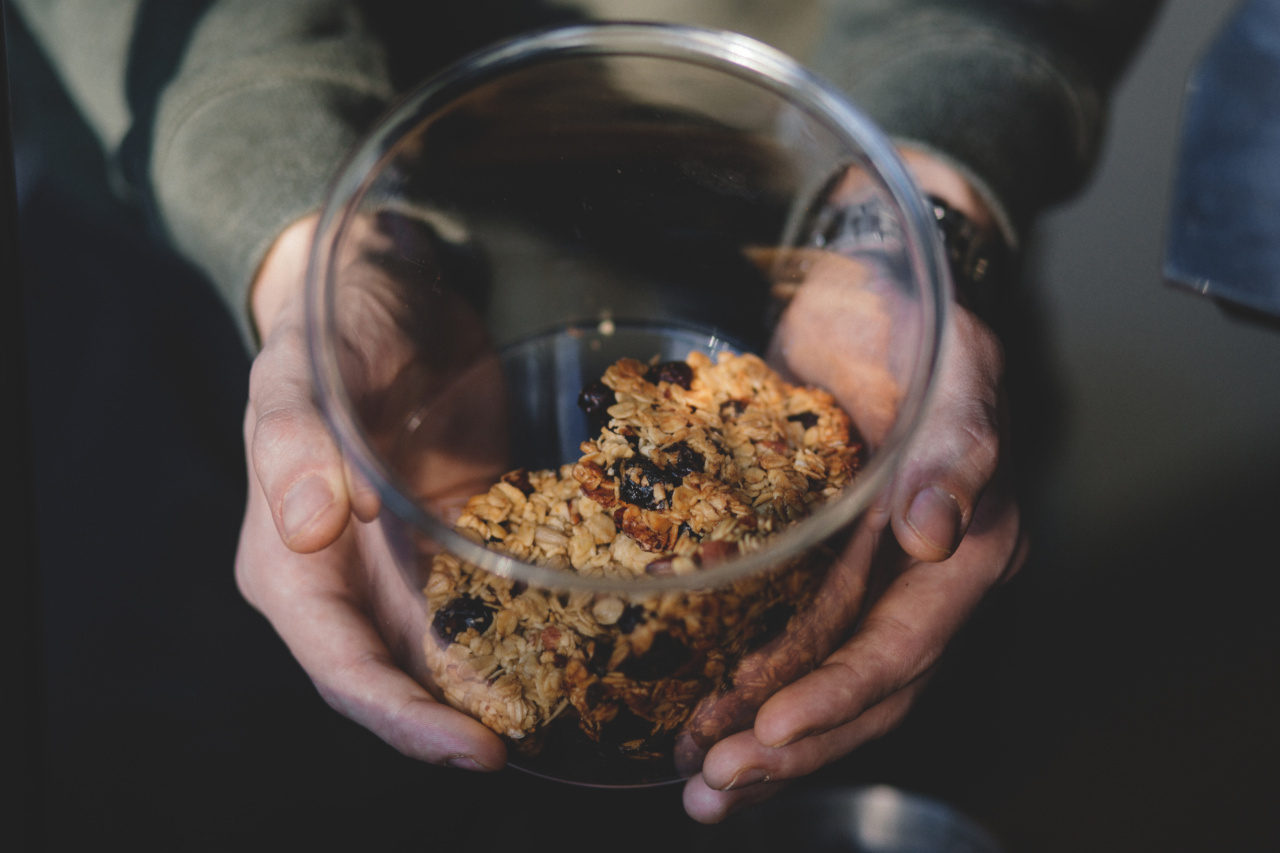Food is a fundamental human need that is required for survival. Our bodies require food to provide us with the energy and nutrients we need to function properly. However, food can also become a source of addiction.
Food addiction is a serious problem that can lead to obesity, diabetes, and other health problems. In this article, we will take a closer look at the brain’s food addiction loop.
What is Food Addiction?
Food addiction is a condition that occurs when a person becomes addicted to certain foods or the act of eating. People who suffer from food addiction often crave the foods they are addicted to and feel an intense urge to eat them.
They may also experience withdrawal symptoms if they try to stop eating the addictive foods.
The Brain’s Reward System
The brain’s reward system is a complex network of neurotransmitters and hormones that are responsible for regulating feelings of pleasure and reward.
When we engage in activities that trigger our reward system, such as eating, our brain releases dopamine, a neurotransmitter that signals feelings of pleasure and euphoria.
Over time, our brains can become desensitized to dopamine, requiring more and more of it to achieve the same feelings of pleasure. This can lead to addiction as people seek out more and more dopamine-releasing activities to achieve the same high.
The Role of Sugar
Sugar is one of the most addictive substances when it comes to food addiction. When we eat sugar, our bodies quickly break it down into glucose, a simple sugar that provides us with energy.
Our brains release dopamine in response to the glucose, triggering feelings of pleasure and reward.
However, over time, our brains can become desensitized to the effects of sugar, requiring more and more of it to achieve the same feelings of pleasure.
This can lead to a vicious cycle of addiction, as people consume more and more sugary foods to achieve the same high.
The Role of Fat
Fat is another food component that can trigger the brain’s reward system. When we eat fatty foods, our bodies break down the fat into a compound called oleoylethanolamide (OEA), which triggers the release of dopamine in the brain.
This can lead to feelings of pleasure and reward, which can, in turn, lead to addiction.
The Role of Salt
Salt is another food component that can trigger the brain’s reward system. When we eat salty foods, our brains release dopamine in response to the sodium in the salt.
This can lead to feelings of pleasure and reward, which can, in turn, lead to addiction.
The Role of Overeating
Overeating is another factor that can contribute to food addiction. When we overeat, our brains release dopamine in response to the large amount of food we have consumed.
This can lead to feelings of pleasure and reward, which can, in turn, lead to addiction.
Overeating can also lead to a vicious cycle of addiction, as people consume more and more food in an attempt to achieve the same feelings of pleasure and reward.
The Effect of Food Addiction on the Brain
Food addiction can have a profound effect on the brain. Over time, the brain’s reward system can become desensitized to the effects of certain foods, requiring more and more of them to achieve the same feelings of pleasure and reward.
This can lead to a vicious cycle of addiction, as people consume more and more of the addictive foods to achieve the same high.
Food addiction may also cause changes in brain structure and function. Studies have found that people who suffer from food addiction have a reduced sensitivity to dopamine, which may contribute to their addictive behaviors.
This reduced sensitivity may also lead to a decreased ability to experience pleasure and reward from other activities, increasing the likelihood that they will continue to seek out addictive foods.
The Treatment of Food Addiction
Treating food addiction can be challenging, as it often requires the individual to change their eating habits and develop healthier patterns of behavior.
There are several approaches to treating food addiction, including cognitive-behavioral therapy, group therapy, and medication.
Cognitive-behavioral therapy is a type of therapy that focuses on identifying and changing negative patterns of behavior.
Group therapy allows individuals to connect with others who are struggling with similar issues, providing a support system and a safe space to share experiences and coping strategies. Medication may also be used to help manage cravings and withdrawal symptoms.
Conclusion
The brain’s food addiction loop is a complex process that involves the brain’s reward system, neurotransmitters, and hormones. Sugar, fat, salt, and overeating are all factors that can contribute to food addiction.
Treating food addiction can be challenging, but with the right approach, it is possible to overcome this addiction and develop healthier patterns of behavior.































